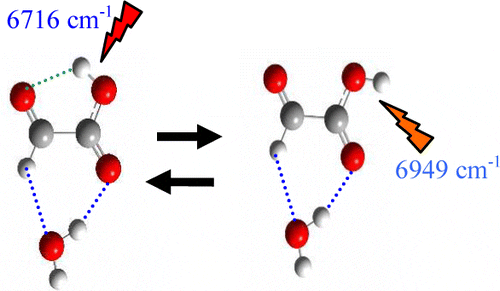Oxytocin improves social behaviors in a girl with an autistic disorder
Had I been less vocal in my opposition to the “oxytocin does this” approach in autism spectrum disorders, I would not be inclined to post notice of results from an n=1 study. However, when no other hope for treatment is offered, even n=1 may be important to consider, and this is an open access publication.
Long-term oxytocin administration improves social behaviors in a girl with autistic disorder
For contrast, and to avoid implications for false hopes, this study might best be considered with evidence offered in a review article Evolution of neuroarchitecture, multi-level analyses and calibrative reductionism that clearly states: “… the social role of oxytocin did not exist prior to the evolutionary sculpting of the vertebrate brain.” This places the role of oxytocin in, at best, a secondary position behind the role of gonadotropin releasing hormone (GnRH) which is responsible for the evolutionary sculpting of the vertebrate brain. As Kochman (2012) has stated “The discovery of the fact that one decapeptide molecule, among the GnRHs, was constructed perfectly at the beginning of 400 million years evolution and that it is not possible to improve its physiological potency using the any natural amino acid is, in my opinion, important, fascinating and beautiful.”
It is the importance of pheromones and their epigenetic effects on GnRH and the development of social behaviors that has been my focus across the past two decades. But I will not dismiss the potential importance of oxytocin to effective treatment despite the fact that the mechanisms of its effectiveness remain unknown.


